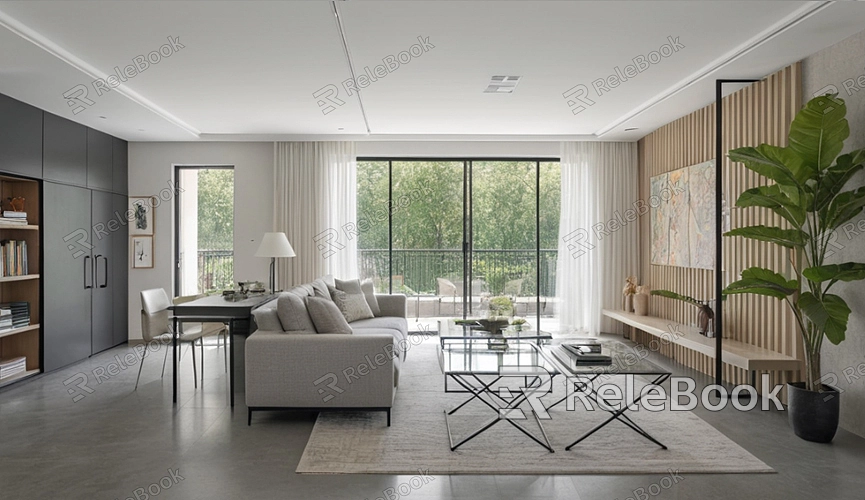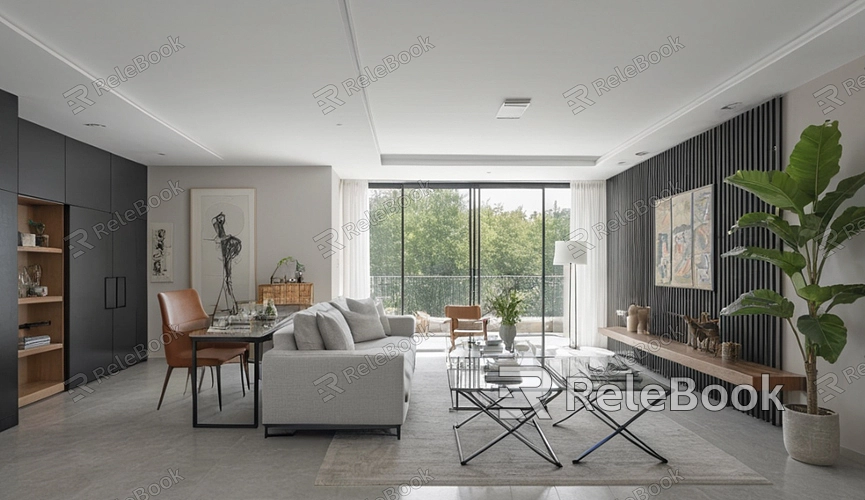What Do You Need for 3D Modeling?
3D modeling has become a crucial tool across various fields. From game design to architectural planning, and from film effects to virtual reality, the applications of 3D modeling are vast. To create these virtual worlds, modelers need a range of tools and resources. This article will provide a detailed overview of what is needed for 3D modeling, guiding you from basics to advanced requirements.

Software Tools
Choosing the right software is essential in 3D modeling. Different software offers various functions and features, catering to different needs and budgets. Some popular options include Blender, Maya, and 3ds Max. These software packages typically offer the following functionalities:
Modeling Tools: Various tools for creating and editing 3D objects, such as polygon modeling, curve modeling, and sculpting tools.
Materials and Textures: Features that allow users to add details and realism to models, including mapping, reflections, and lighting effects.
Rendering: The capability to convert 3D models into 2D images, showcasing the final output.
Hardware Configuration
High-performance computer hardware is another critical aspect of 3D modeling. Since 3D modeling involves extensive data processing and computation, the following hardware configuration can help improve efficiency:
Graphics Processing Unit (GPU): A powerful GPU can accelerate modeling and rendering processes, reducing wait times.
Central Processing Unit (CPU): A high-performance CPU can handle complex calculations and multitasking operations.
Random Access Memory (RAM): Sufficient memory helps in smoothly managing large models and textures.

Textures and Materials
To make 3D models appear more realistic, textures and materials are indispensable. Textures add detail and color to the surface of models, while materials define the glossiness and surface characteristics. High-quality textures and material resources can be obtained through:
Online Resource Libraries: Many websites offer free and paid downloads of textures and materials.
Custom Creation: Creating textures and materials yourself using texture painting tools or photography.
Technical Skills
Mastering 3D modeling requires a set of technical skills. Here are some essential skills:
Modeling Techniques: Understanding and mastering various modeling techniques, such as polygon modeling, sculpting, and UV unwrapping.
Animation and Rendering: Knowing how to add animations to models and render high-quality images.
Basic Programming: Some advanced features and custom effects may require basic programming knowledge, especially for creating special effects and automating tasks.
Practical Experience
Gaining practical experience is crucial in learning 3D modeling. Through continuous practice and experimentation, you can better understand software features and refine your modeling techniques. Methods to gain experience include:
Participating in Projects: Joining modeling projects or collaborative teams to gain real-world experience.
Tutorials and Courses: Utilizing online tutorials and courses to deeply learn various modeling techniques and methods.
Creating Personal Projects: Regularly creating your projects to improve your skill level.
3D modeling involves various aspects, including software tools, hardware configuration, textures and materials, technical skills, and practical experience. Choosing the right tools, equipping yourself with high-performance hardware, mastering fundamental skills, and continuously practicing are crucial steps to becoming an excellent modeler. For more high-quality 3D models and texture resources, visit the Relebook website for downloads.
FAQ
What software should beginners choose for 3D modeling?
Blender is an excellent choice for beginners. It is feature-rich and free. As you gain more experience, you can explore more professional software like Maya or 3ds Max.
Are high hardware requirements necessary for 3D modeling?
Yes, high-performance hardware is important for 3D modeling. Specifically, a powerful GPU and ample memory can significantly speed up modeling and rendering tasks.
Where can I find high-quality textures and materials?
High-quality textures and materials can be found in various online resource libraries. You can also create custom textures using texture painting tools.
Is programming knowledge needed for 3D modeling?
Basic modeling skills do not require programming knowledge. However, understanding some programming can help create advanced effects or automate tasks.
How can I improve my 3D modeling skills?
Practicing regularly and participating in projects are key to improving your skills. Attending tutorials and courses can also help you systematically learn modeling techniques.

